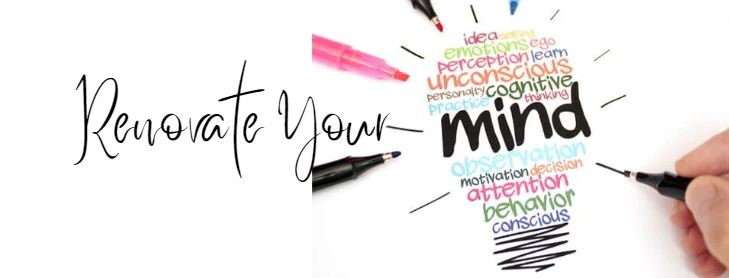
Part of building writing habits involves finding time to stop and reflect on where we are in our writing and where we want to be.
One way to reflect is to find your writing base. Take a few minutes this week to complete the activity below. Once you find your writing base, reflect on where you want to be and how you can get there. Many of the Weekly Bits of Wonderful Writing Wisdom strategies can help you get to where you want to be as a writer. If you need more or something specific, let me know.
Bit #24: Finding Your Writing Base

The amazing Helen Sword created an activity to “Ramp up your productivity, strut your style, expand your social networks, and develop new pleasure in writing” called The Writing Base (click on the book photo to learn more). “The Writing BASE provides diagnostic advice for writers who want to broaden and deepen the behavioral, artisanal, social, and emotional dimensions of their writing practice.” This activity is explained further in Sword’s book and on her Writing Base website.

So, get out a piece of paper and get ready to reveal Your Writing Base.
- Draw an x and y-axis on a piece of paper.

- Label your axis with the words behavioral, artisanal, social, and emotional. These four areas constitute a strong writing habit, so we should always be working to enhance these areas.

- Choose one current writing project.
- Put a dot on each axis of how you currently feel based on the current writing project (see below).
- Behavioral – How would you rate your writing behaviors on your current project (e.g., writing productivity)? Strong (close to arrow)? Need refining (close to midpoint)?
- Artisanal – How would you rate your artistry/confidence as a writer on your chosen project? Strong (close to the arrow)? Not as strong as you would like (relative to the midpoint)?
- Social – How social is your current writing practice? Pretty isolated (close to midpoint)? Are you involved in writing groups/have an accountability partner (toward the arrow)?
- Emotional – What are the primary emotions you associate with academic writing? Positive (toward the arrow)? Negative (toward the midpoint)?

- Connect the dots.

- Your result will probably not be as symmetrical as this example, but it does not have to be.
- Looking at your result, determine one area (artisanal, social, emotional, or behavioral) you would like to enhance.
- Visit Helen Sword’s website to enter your results and determine what your “shape” means and ways to enhance your writing based on your results.
- https://writersdiet.com/base/base/
- Adopt strategies into your daily writing habits to enhance the area you chose. Be careful not to allow one area to suffer while you are working to enhance a different area (i.e., add to/modify your current base, do not take anything away that is working).
I hope you find this exercise helpful and one that will guide you as you continue to build your writing habits.





















